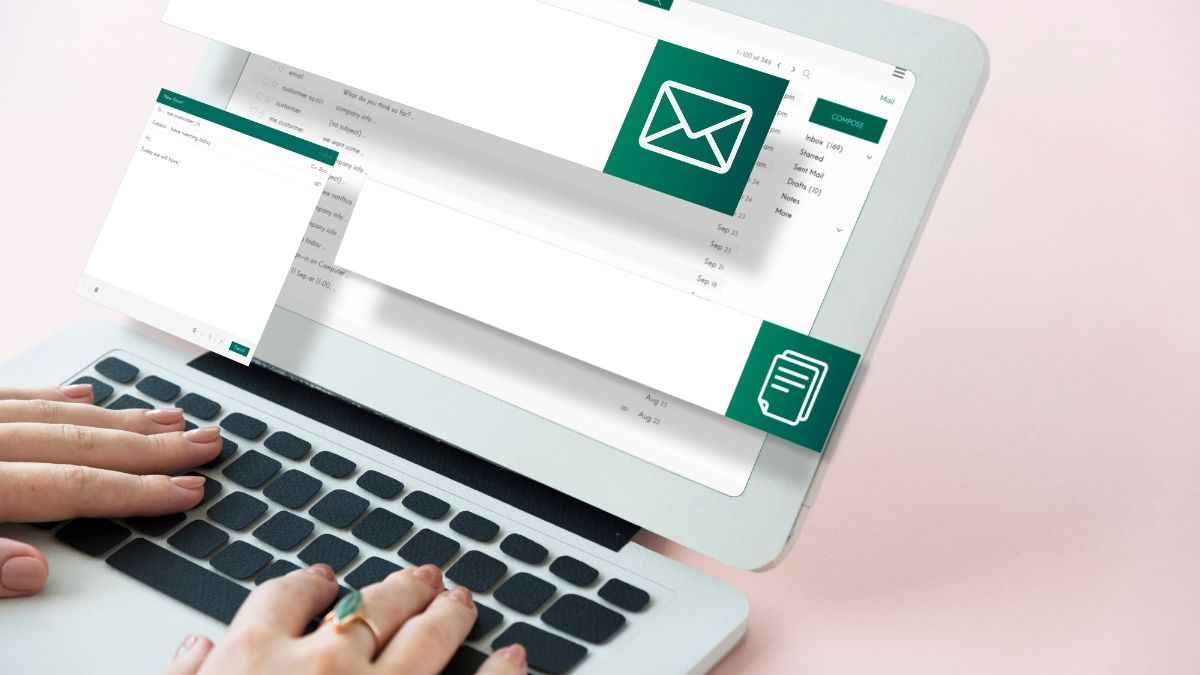Writing a professional email to a colleague, reaching out to a potential client, or simply sending a message to a friend, knowing how to write an effective email is crucial. In this comprehensive guide, we will explore the key elements of crafting a well-written email that captures attention, conveys your message clearly, and elicits the desired response. From the subject line to the closing remarks, we’ll cover everything you need to know to write compelling emails that get results.
How To Write an Effective Email With Examples
1. Understanding the Purpose
Before diving into writing an email, it’s important to understand the purpose behind it. Determine whether you are conveying information, requesting, providing an update, or initiating a discussion. 10 Simple Steps to Craft. Clearly defining the purpose will help you structure your email effectively and keep the recipient engaged.
2. Crafting a Strong Subject Line
The Subject headline is the main thing beneficiaries see when they get an email. It serves as a hook to capture their attention and entice them to open your message. To write an attention-grabbing subject line, be concise, specific, and use actionable language. Must check 7 profitable Business. Make it clear what the email is about and why it matters to the recipient.
3. Greeting the Recipient
Start your email with an expert and well-disposed hello. Address the recipient by name if possible, as it adds a personal touch and shows that you value their individuality. 10 Simple Steps to Craft. If you are unsure about the appropriate salutation, “Dear” followed by their name is generally a safe and respectful choice.
4. Writing a Compelling Introduction
In the introduction, briefly explain the purpose of your email and provide context. Be concise and engaging, highlighting the key points you will address in the body of the email.
5. Organizing the Body of the Email
The body of your email should be well-structured and organized for clarity. Break it down into paragraphs, each focusing on a specific point or topic. 10 Simple Steps to Craft. Use subheadings to guide the reader and make it easier for them to follow your message. Use bold text to emphasize important information and make it stand out.
6. Writing Clear and Concise Content
When writing the body of your email, aim for clarity and conciseness. Quit wasting time and stay away from unnecessary fluff. Use simple language that is easy to understand, and be mindful of the recipient’s time. Keep sentences and paragraphs short; use bullet points or numbered lists for complex information or instructions.
7. Personalization and Tailoring
Where appropriate, personalize your email to make it more relevant to the recipient. Address their specific needs, challenges, or interests. This shows that you’ve taken the time to understand their situation and adds a personal touch to your communication. Tailoring your email can greatly increase the chances of a positive response.
8. Tone and Language
The tone and language of your email play a significant role in how it is perceived. Adapt your tone to match the context and the relationship you have with the recipient. 10 Simple Steps to Craft. Be professional, polite, and respectful, but also considerate and friendly if the situation allows. Avoid using jargon or technical terms unless you are sure the recipient will understand them.
9. Adding Supporting Information
To provide additional context or support your message, include relevant information such as facts, statistics, or examples. This can help strengthen your arguments and build credibility. Use hyperlinks sparingly to provide access to further resources or related content if necessary.
10. Closing Remarks and Call to Action
End your email with a reasonable source of action. State what you expect. best email marketing tips.
FAQs
What elements should I incorporate within the subject line of my email?
The subject line of your email should be clear, concise, and relevant to the content of your message. It should provide a brief summary of the purpose or topic of your email. A well-crafted subject line helps the recipient understand the importance of your message and increases the chances of it being read. Avoid using vague or generic subject lines and instead, provide specific information that grabs attention and entices the recipient to open your email.
How do I write a professional and effective email?
rite a professional and effective email, start with a concise and relevant subject line. Use a polite and professional tone throughout your email, addressing the recipient respectfully. Keep your message focused and organized, using paragraphs or bullet points to break up the text and make it easier to read. Clearly state the purpose of your email in the opening lines and provide any necessary context or background information. Keep the email concise, proofread it for errors, and always end with a polite closing and your name.
How can I make my emails more engaging and friendly?
To make your emails more engaging and friendly, consider using a conversational tone while maintaining professionalism. Customize your messages by tending to the beneficiary by their name. Use clear and concise language, and try to inject some warmth or friendliness into your writing. However, it’s important to maintain a balance and avoid being overly informal or unprofessional. Including relevant details, asking questions, and expressing appreciation or interest can also help make your emails more engaging and friendly.
What is the most ideal way to end an email?
When sending an email, it’s essential to use an appropriate closing and sign-off. Some common and professional options include “Sincerely,” “Best regards,” or “Kind regards.” Choose a closing that aligns with the formality of your email and your relationship with the recipient. After the closing, include your full name and any relevant contact information, such as your phone number or email signature. If you had any attachments or additional documents, mention them in your closing sentence and make sure they are properly attached before sending the email.
Conclusion
Writing an effective email involves several important steps. Begin with a clear and concise subject line that summarizes the purpose of your message. Greet the recipient politely and introduce yourself in the opening paragraph. Use a professional tone throughout the body of the email, providing relevant details and being clear and specific about your expectations. Close the email with a polite closing and proofread it for any errors before sending it. Remember to tailor your email to the specific circumstances and the desired outcome. By following these guidelines, you can write a well-crafted email that effectively conveys your message.
Read More
How to Make Money Sending Emails

